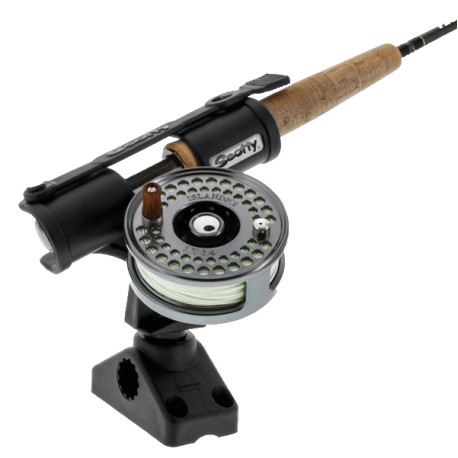http://www.tampabay.com/sports/outdoors/captains-corner-getting-fish-to-strike-that-fly/2339053
Tides, weather, water temperature and wind are all variables that affect where fish will be and their willingness to strike your fly. Drifting the flats is a relaxing as well as productive way to fish. Anchoring in one spot for hours where you caught fish on a previous outing is a prescription for failure. Use flies that will cover large areas of water. Baitfish patterns will be most appropriate. Chartreuse over white is very effective in clear water. Darker patterns such as brown over orange seem to be more appropriate in discolored water. Use two different flies by tying the second fly to the one on your tippet. Use the same strength monofilament as the tippet and attach a 2-foot section to the hook bend. Use the wind and tide to help pick a shallow-water grass flat so minimal boat manipulation is required. If alone, a bow-mounted electric motor run at very slow speed can keep you on course without frightening fish. Poling the boat with a partner is preferred. Visibility, your ability to see fish, is improved on a sunny day. When you can’t see fish, cast to where fish will be such as grass edges, especially irregularities, pot holes, clear areas in the grass or where you see nervous water or scattering baitfish. Long, slow strips after slack is eliminated are key. Strip set the hook when you feel any resistance. Casting far is an advantage, so lawn practice beforehand will fine tune your distance and casting accuracy.
Fly fisherman Pat Damico runs charters in lower Tampa Bay and can be reached at captpat.com and (727) 504-8649.
- Capiains Corner. Damico - December 26, 2023
- Pat Damico - December 21, 2023
- CaptainsCorner: Pat Damico - November 27, 2023










